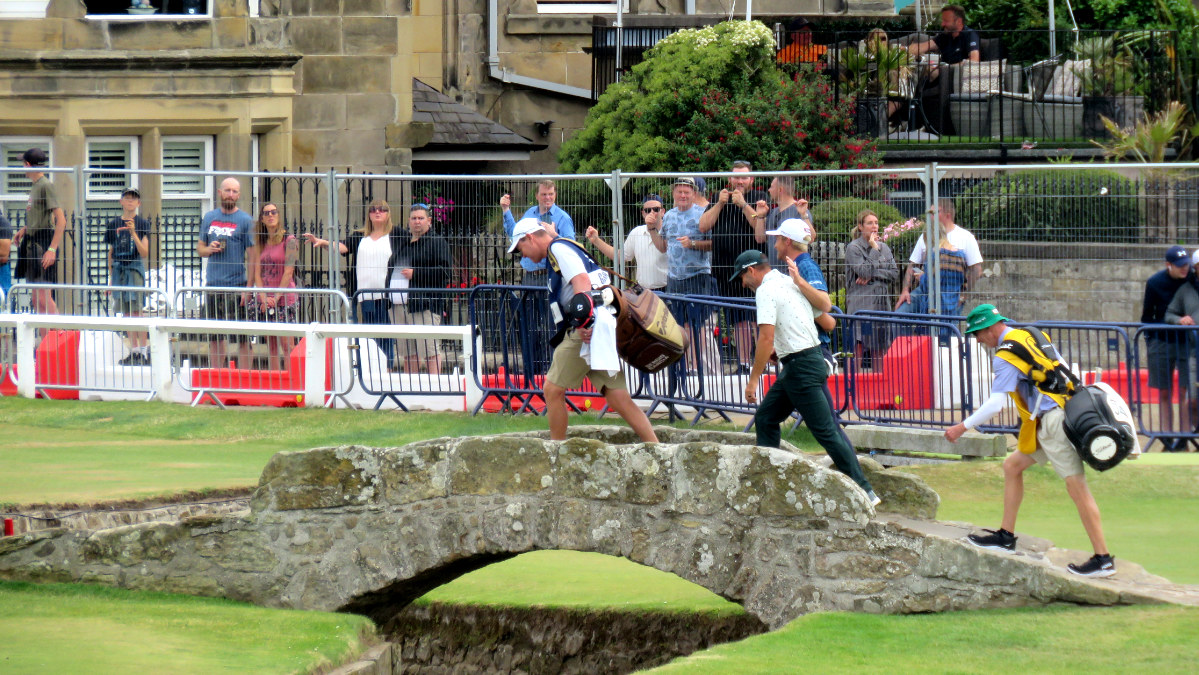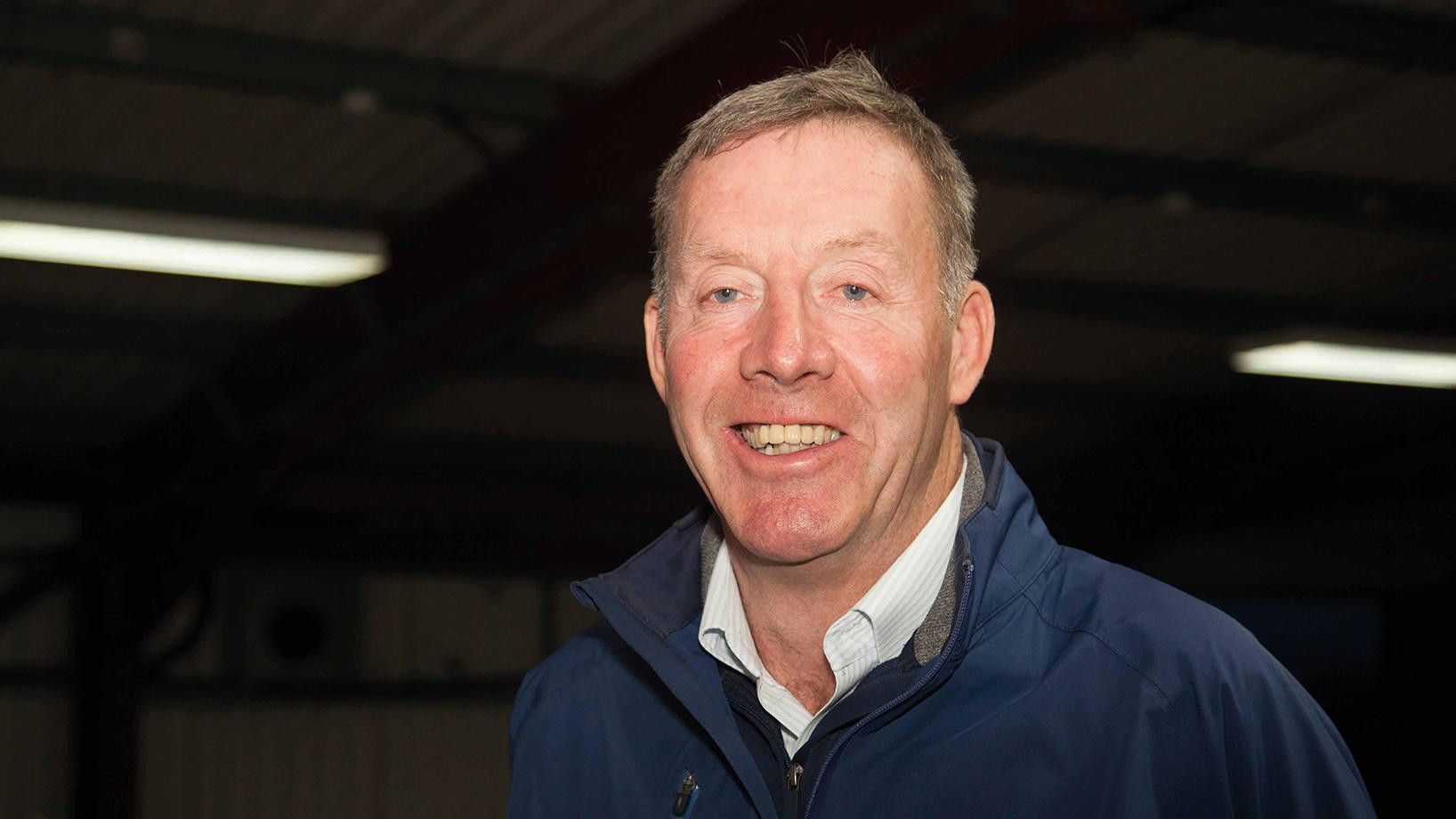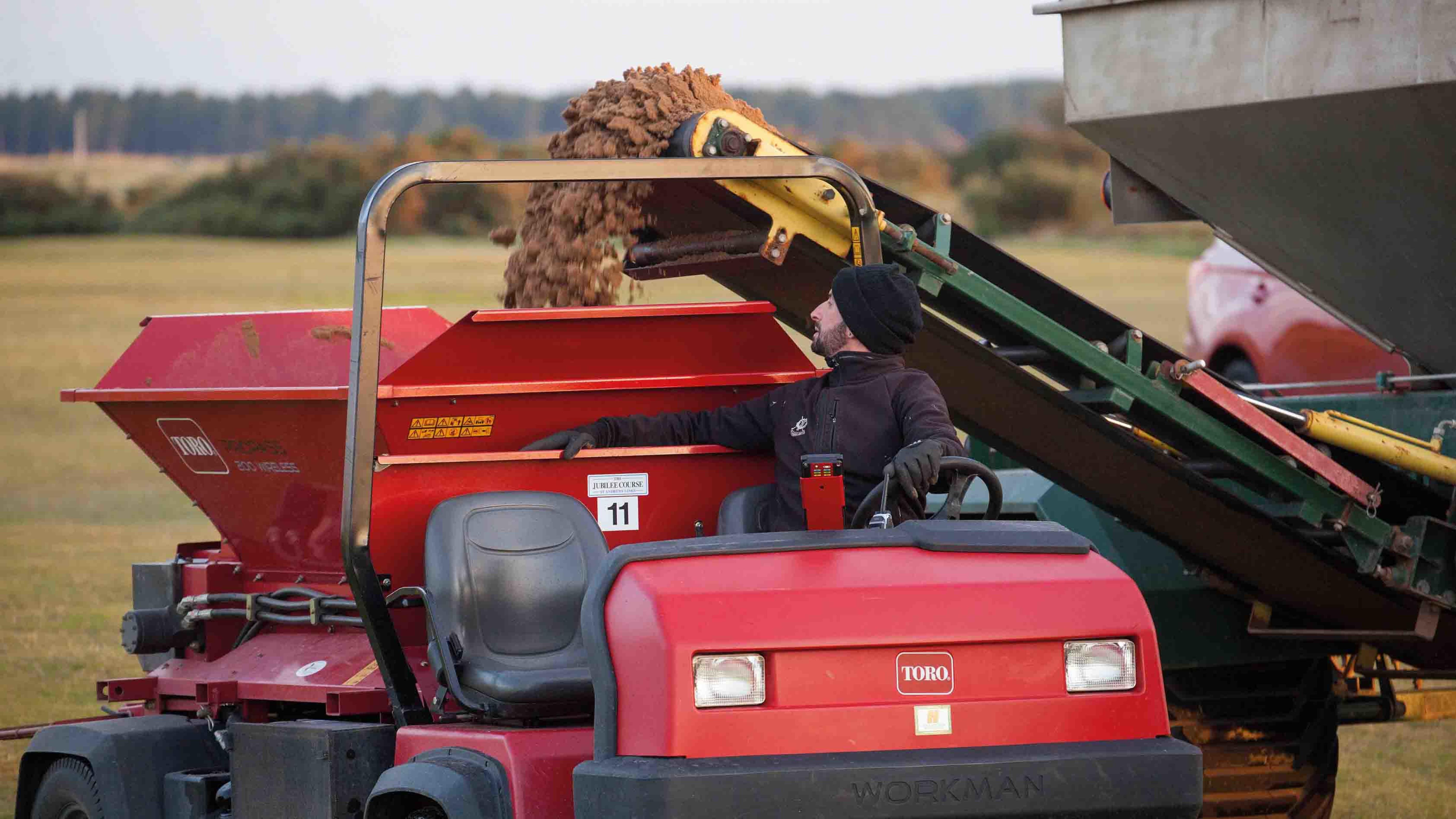- Homepage
- News and Features
- How do they prepare the course at the Home of Golf?
How do they prepare the course at the Home of Golf?

It has staged the farewell for legends and is an 'I was there' moment for countless golfers - and anyone who happens to visit St Andrews.
The Swilcan Bridge, a stone structure just 30 feet long and eight feet wide, has proudly guarded the final hole of the Old Course for 600 years.
But it provides the greenkeepers who tend to the hallowed links with a unique problem - it's a photo opportunity for every tourist.
"I estimate there are at least 150,000 people on that bridge every year," said Gordon Moir, who this month retires from the position of director of greenkeeping at the St Andrews Links Trust, which manages the courses at the Home of Golf. “They all walk up to that bridge on the fairway, in all weathers, and the wear and tear is just incredible. We find it impossible to keep grass growing just beside it. This may be St Andrews, but it’s a living fairway and suffers damage just like any other course."
It's just one of the things that makes tending to golf's most famous piece of grass a job apart.
In fact, you learn to expect anything if you work on one of the courses that make up the famed piece of linksland. There are divots to repair, bunkers to rake and greens to cut, of course, but what about pram marks, the scuff of rugby balls and the incessant pounding from feet
that have never come close to paying a green fee?
The Old Course is common land, owned by the town of St Andrews, and each Sunday is closed to golf, instead allowing residents access to its fairways. Welcome to a greenkeeping job at the sport’s Mecca. Seven courses make up this region perched on the Fife coast. They range from the tiny Balgove to the magnificent Castle that rides the clifftops on the other side of town.
More than 230,000 rounds are played here every year – with over 50,000 on the Old Course alone. That requires 55 full-time greenkeepers, and a team that approaches 100 in summer.
They're equipped with 20 ride-on greens mowers, 15 fairway mowers, more than 20 pedestrian greens mowers and upwards of 30 utility vehicles. They’re spread out across three different maintenance facilities and work in separate self-contained units.
“We’ve a team that looks after the Old Course, a team that looks after the Castle and another that looks after the 36 holes of the New and Jubilee,” adds Gordon. “The biggest team look after the Eden, Strathclyde, Balgove and all the practice facilities and academy.”

Gordon Moir
Just nine people have kept the greens as course manager for the Old, the first being Old Tom Morris himself. The present incumbent is Gordon McKie, who said: “We start at 5.15am in summer, giving ourselves an hour’s grace to get ahead of the golf.
“The first tee time is 6.30am but, even then, by the time we get to 7 or 8, we are starting to be caught up.
“The thing with the Old Course is that because you have got double greens, you are effectively cutting two – not one. If you look round and say ‘I’ll catch that green on the way in’ you are going to be swamped with golfers. And with so many rounds happening through the day, you won’t get another opportunity to get on the green.
“The area of our greens is probably three times the size of a normal golf club.”
The Old Course’s greens are three hectares - or 30,000 square metres - in size and, where possible, are hand cut.
“It’s all about numbers and resources,” he added. “We can’t hand cut the greens without having at least six people on it. With that, we can do the course in about two and a half hours, with the guys doubling up on some of the big double greens. You’ve got one of those big large greens that might be 100 yards across, but you’ve got to try and keep mowing in a straight line. That’s not easy!
“You cut the green when you are heading into the sunlight and you’ll get found out. There’s a lot of thinking to do to try and do a good job.”
Everything about St Andrews is bigger. The average course measures about 150 acres. Here the greenkeeping team deals with 675 acres on the links. The Castle adds a further 220. The largest double green on the Old is that of the 5th and 13th holes. It’s more than 90 metres long and 39 metres wide. That’s almost the size of a football pitch.
But whether it is topdressing, or watering bunkers to hold the sand in when the wind whips up, the ambition is to present year-round courses that are as close to tournament condition as possible.

It’s a task that’s exacerbated when – one day a week – the Old effectively turns into a public park. Each Sunday, the fairways are opened to the public. Dog walkers, ball throwers and pram pushers alike have access to the hallowed turf thanks to the centuries-old decree that grants the public access to the links.
Moir chuckles: “Everyone and their dog in town seems to walk the golf course and particularly the 1st, 17th and 18th.
“We have some signs up to ask people to keep off those greens and have a flag cut on the fairway so people can still go and take their pictures with the R&A clubhouse in the background. The students will come down with a rugby ball, you’ll get people with prams, occasionally bicycles, and you just live with it – it’s public land.”
However, such access does come at a cost. To help protect the fairways, mats are used throughout the winter, while the Castle shuts from November until March.
If there is a frost, you might struggle to get your early tee time and, if it persists, the courses will be closed all day. Traffic is moved around with roped areas and the bulk of the winter work is completed by the end of the year. It’s all aimed at ensuring the courses stay in great shape.
“You know the world’s eyes are always watching you,” said McKie. “You are very conscious of what you are doing, when and how you are doing it. It’s a challenge to look after but it’s a good privilege. For a greenkeeper, and particularly a links greenkeeper, it is the ultimate.”
This article was first published in Your Course, a twice yearly magazine from the British & International Golf Greenkeepers Association. To read more about the work of golf greenkeepers in the UK and further afield, you can download a digital version of Your Course from the BIGGA website.
Tags
Author

Karl Hansell
Karl has been head of communications for BIGGA since March 2016. His duties include editing the monthly Greenkeeper International magazine, in addition to other communications activities for the association.
